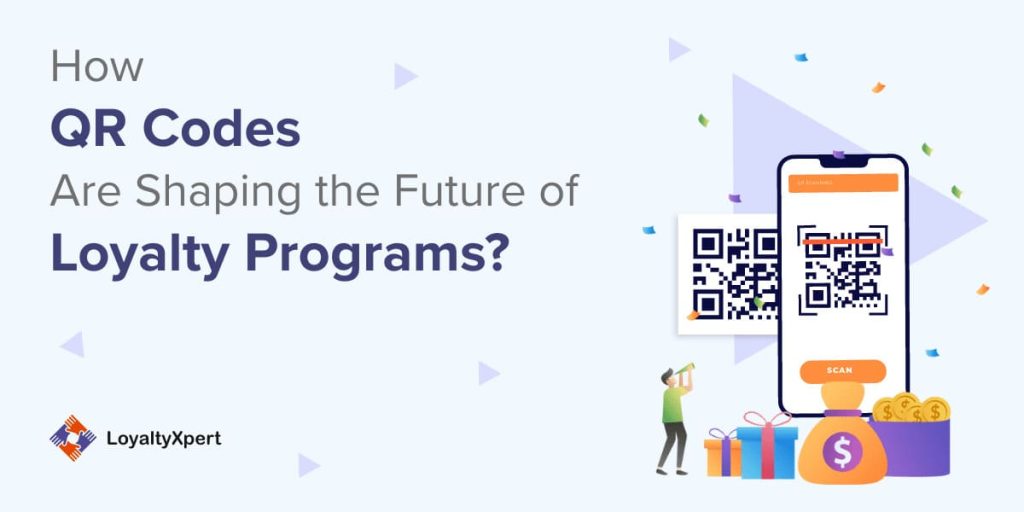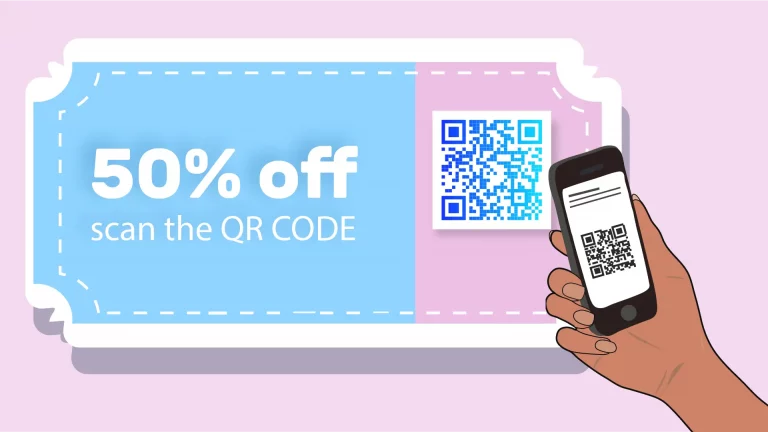Drive Sales and Develop Brand Name Loyalty with a Powerful Loyalty System
Drive Sales and Develop Brand Name Loyalty with a Powerful Loyalty System
Blog Article
Optimize Engagement With an Efficient Loyalty System Strategy
In today's affordable landscape, an efficient loyalty system strategy is essential for maximizing client involvement. Organizations have to prioritize a nuanced understanding of client preferences and emotional triggers, employing data analytics to develop tailored rewards. A well-structured tiered benefit system not only inspires engagement yet likewise cultivates a feeling of achievement amongst customers. Nonetheless, the assimilation of advanced modern technologies, such as ai-driven insights and mobile applications, can even more boost this experience. The actual concern stays: how can organizations properly interact the worth of these methods to make sure continual commitment?

Understanding Consumer Needs
Recognizing consumer needs is vital for the success of any commitment system approach. A comprehensive understanding of what drives consumer behavior enables companies to tailor their programs effectively. This includes not just acknowledging the preferences and purchasing behaviors of consumers however likewise understanding their psychological triggers and inspirations.
To achieve this, services must take advantage of data analytics and consumer feedback devices. Evaluating purchase history, involvement patterns, and group details provides useful understandings into consumer preferences. Furthermore, straight feedback through surveys or emphasis groups can light up details wishes and pain factors that may not be apparent from transactional information alone.

Inevitably, a deep understanding of customer needs fosters more powerful connections, enhances customer complete satisfaction, and promotes retention. This fundamental understanding enables companies to develop loyalty campaigns that resonate with their target market, thus driving engagement and motivating long-lasting brand loyalty.
Creating Award Frameworks
Developing efficient reward structures is vital for a successful loyalty system, as they directly influence client involvement and retention. To develop an impactful incentive structure, businesses need to straighten their offerings with client choices and actions. This involves comprehending the motivations behind consumer loyalty, such as discount rates, unique deals, or experiential incentives.
A tiered reward system can incentivize deeper client interaction by offering significantly valuable incentives as customers reach greater investing degrees. This motivates continuous communication and grows a feeling of achievement among individuals. Loyalty System. Additionally, using personalized benefits based upon specific purchase history can improve the viewed worth of the commitment program, making consumers feel recognized and valued
Additionally, it is vital to make sure that the rewards are possible. If customers perceive rewards as too difficult to attain, they may disengage from the program altogether. Stabilizing attainable objectives with aspirational rewards promotes a favorable experience, motivating constant involvement.
Utilizing Innovation Properly
As services progressively acknowledge the significance of loyalty programs, properly utilizing modern technology comes to be extremely important to their success. Advanced information analytics tools allow firms to analyze and gather client behavior patterns, allowing the growth of individualized marketing techniques that reverberate with individual choices. By leveraging consumer relationship monitoring (CRM) systems, organizations can track interactions and reward redemptions, making certain a smooth experience for members.
Mobile applications play a vital function in improving customer engagement by supplying easy accessibility to loyalty program information and rewards. These applications can assist in real-time notices concerning promotions, which urges timely participation. In addition, integrating social media systems into loyalty programs not only increases presence however additionally fosters neighborhood engagement, permitting customers to share their incentives and experiences.
In addition, utilizing artificial intelligence (AI) can automate client communications, giving customized referrals and enhancing feedback times. This technology not only improves the consumer experience but likewise allows organizations to optimize their loyalty strategies based on predictive insights. Eventually, the efficient usage of modern technology in loyalty programs not only elevates customer fulfillment yet also drives lasting retention, ensuring that businesses remain competitive in a rapidly evolving market.
Connecting Worth Propositions
How can companies efficiently communicate their worth propositions to improve consumer loyalty? To accomplish this, organizations need to first identify and express the special benefits their my explanation commitment programs provide. This calls for a clear understanding of consumer needs and preferences, enabling companies to tailor their messages appropriately.
Utilizing several communication channels is important. Email e-newsletters, social media, and in-store signage can all function as platforms to convey value proposals efficiently. Uniformity in messaging across these channels enhances the commitment program's benefits and ensures that consumers stay informed.
In addition, narration can improve interaction by showing just how the loyalty program impacts clients' lives. Sharing testimonies or study can produce a relatable story that reverberates with potential and existing participants. Additionally, organizations ought to emphasize exclusivity and personalization, showcasing just how loyalty participants acquire accessibility to special rewards or experiences that non-members do not obtain.
Measuring Success and Responses
While executing a commitment program can be a considerable financial investment, gauging its success and gathering consumer feedback are important steps that ensure its lasting efficiency. Developing key performance signs (KPIs) such as consumer retention prices, ordinary transaction worth, and program registration rates offers a quantitative structure to analyze the program's impact. In addition, tracking involvement metrics like participation frequency and benefit redemption prices can reveal insights right into client behavior and satisfaction.
Consumer responses is similarly vital. Utilizing surveys, focus teams, and social media listening can help collect qualitative information on customer understandings of the commitment program. This information makes it possible for businesses to determine staminas, weak points, and areas for renovation. Consistently analyzing this responses ensures the program remains aligned with customer assumptions and choices.
Furthermore, benchmarking against market criteria enables for a comparative analysis to determine the program's performance. By synthesizing both measurable and qualitative data, businesses can make informed choices about essential modifications to improve the loyalty program. Loyalty System. Inevitably, a durable measurement and feedback strategy not just demonstrates the program's value yet also promotes a continuous dialogue with click to read clients, reinforcing their commitment and commitment to the brand name
Verdict
An effective loyalty system strategy calls for a thorough understanding of customer demands, the style of enticing incentive structures, and the proficient use technology. By clearly connecting value propositions and continually determining success via responses, services can create a dynamic setting that fosters consumer interaction and loyalty. Inevitably, the integration of these aspects enhances client complete satisfaction and drives sustained involvement, causing long-term success and earnings in an affordable marketplace.
Developing reliable reward structures is crucial for a successful loyalty system, as they directly affect customer interaction and retention.A tiered incentive system can incentivize much deeper customer interaction by giving progressively beneficial rewards as customers reach greater investing degrees. Additionally, providing tailored incentives based on individual purchase history can improve the regarded value of the loyalty program, making clients feel recognized and appreciated.
In addition, incorporating social media systems right into commitment programs not just increases exposure however likewise promotes neighborhood interaction, enabling customers to share their incentives and experiences.
Inevitably, the effective usage of innovation in commitment programs not just boosts consumer satisfaction but also drives long-term retention, guaranteeing you can look here that companies stay affordable in a swiftly advancing market.
Report this page